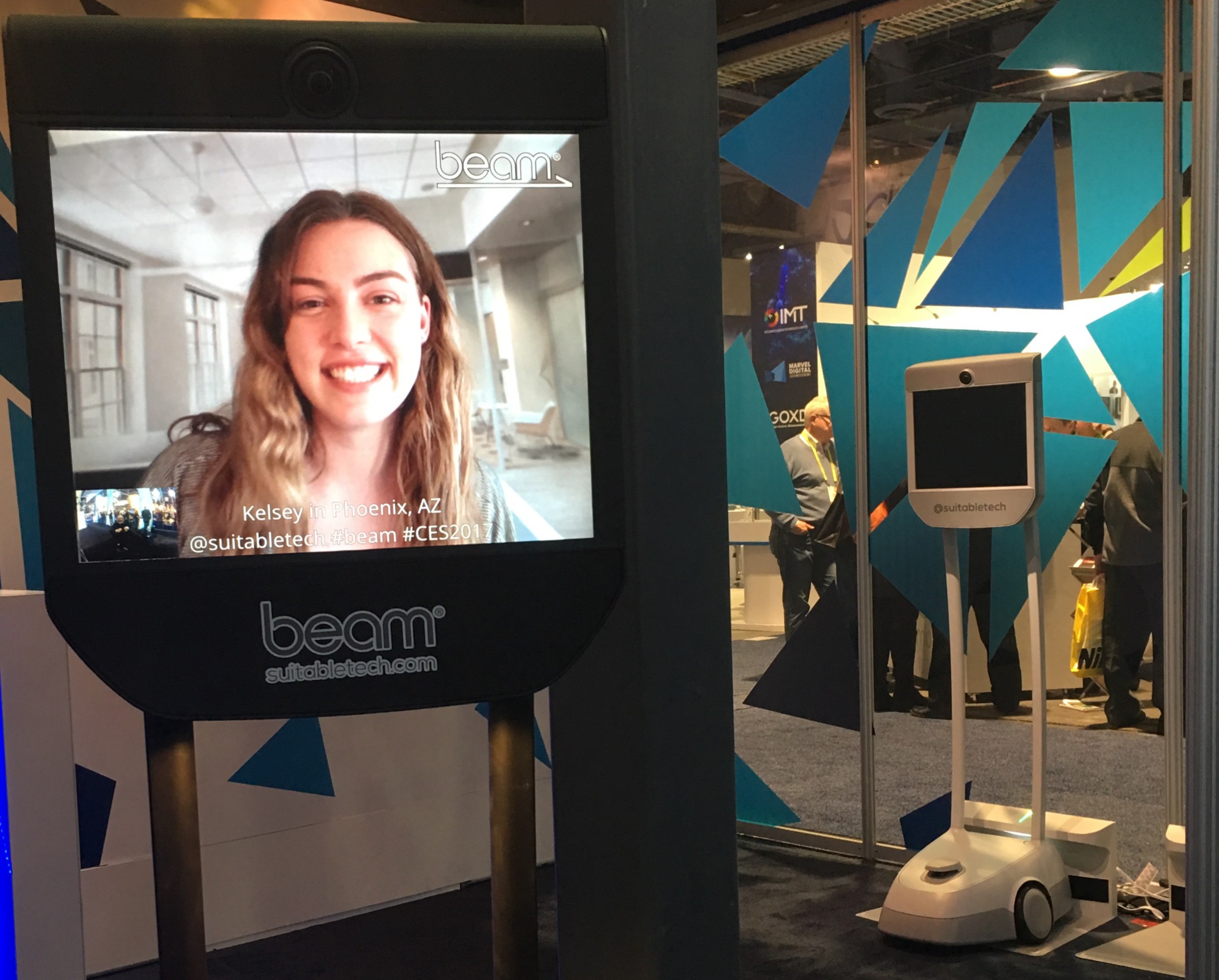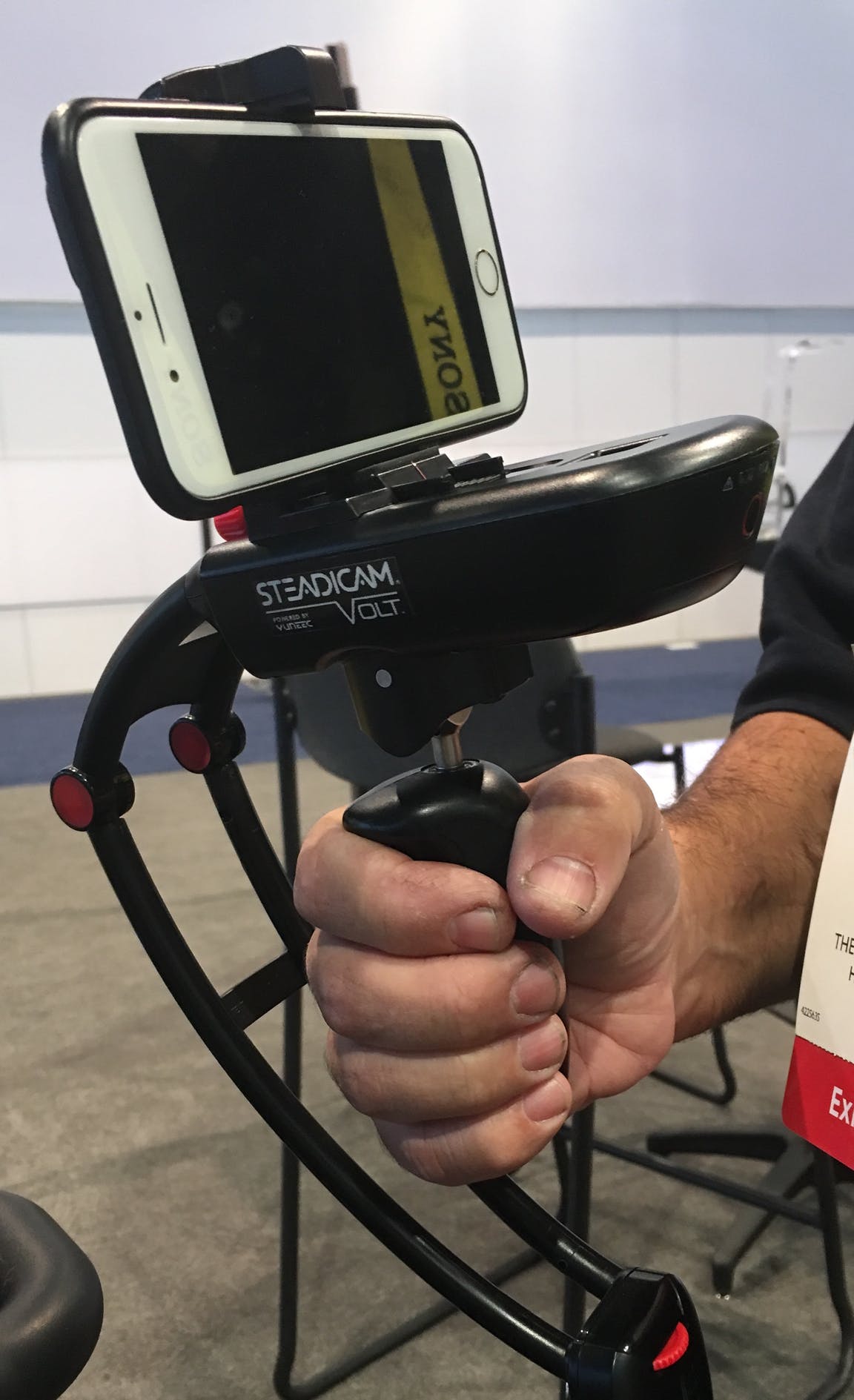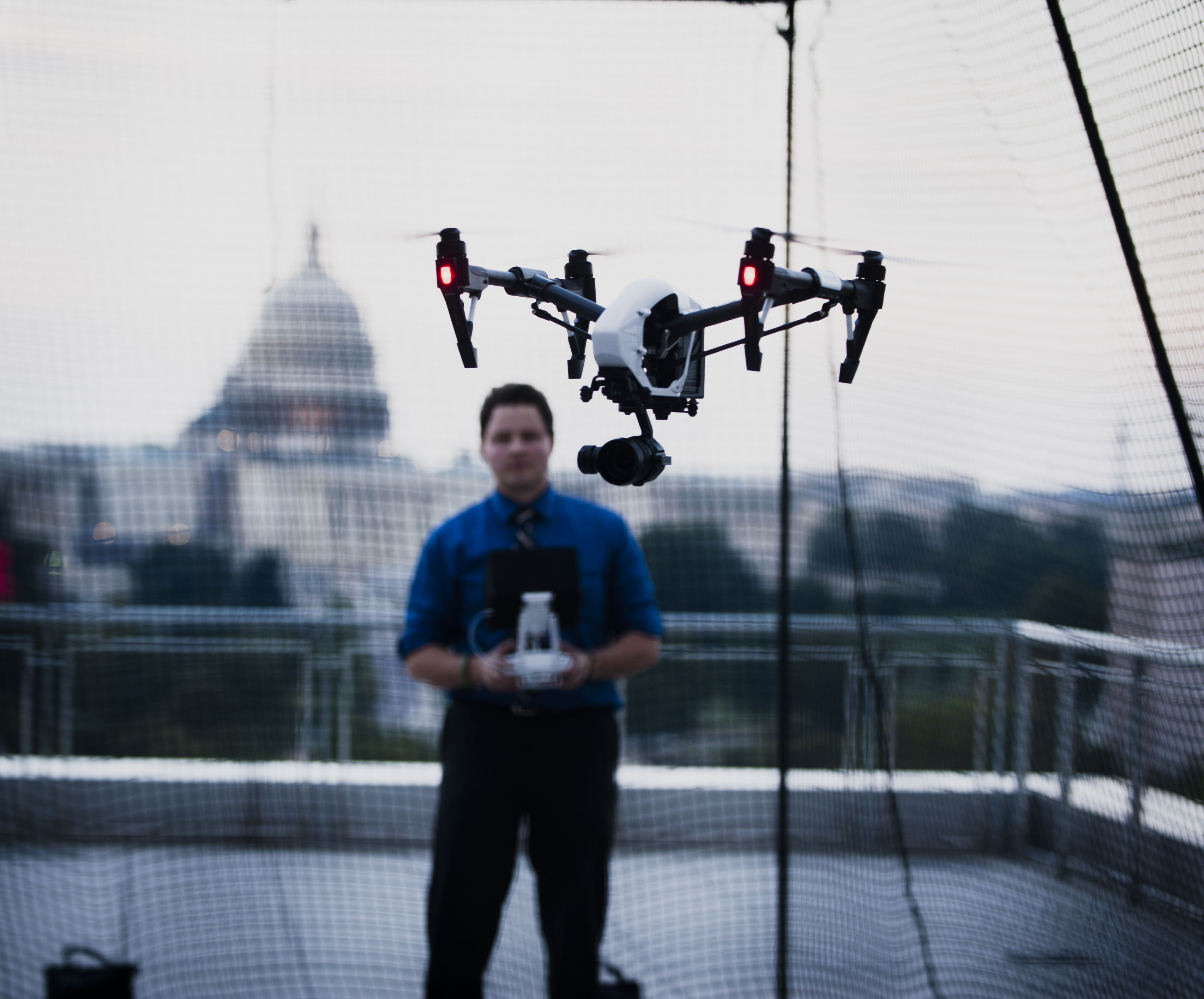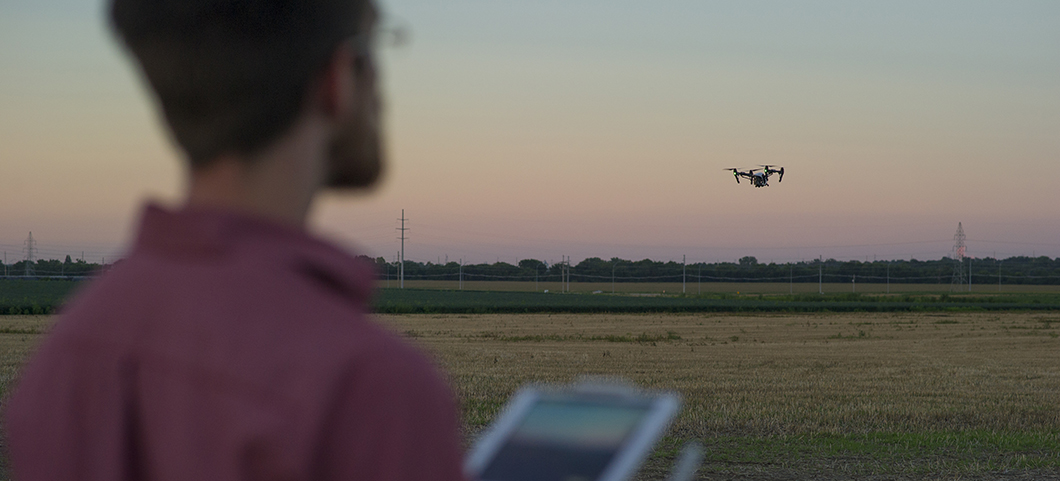
Upgrade your journalism toolkit: Tech show features tools to enhance storytelling in the digital age
Heard of the Internet of Things? I met a lot of those things last week in Las Vegas. Self-driving cars, smart homes and smart appliances, wearable fitness sensors — thousands of digital products glinted and gleamed at CES, the giant annual international consumer electronics show. Flashy prototypes grabbed headlines, but, as I’d hoped, the show also featured media innovations helpful to journalists and newsrooms trying to keep up in the digital age.
Here are a few of my favorite things:
Drone flying’s easier: The Federal Aviation Administration now has drone rules, and more journalists want to fly. Knight Foundation and Google News Lab are helping that along via the University of Nebraska’s Drone Journalism Lab (See Professor Matt Waite’s drone operations manual for newsrooms). It’s a fact that drones can capture exclusive news video. But not everyone is a great pilot. Enter easier-to-fly drones. This year’s CES featured dozens of brands, starting with the market-leading DJI drones, such as the new, foldable Mavic Pro (roughly $1,300 fully loaded) and Phantom 4 ($2,000 with executive kit). Or glide downward in price to a cute $600 flying camera driven by artificial intelligence, Hover Camera Passport. Better drones have “follow me” features, fly in preset patterns and dodge obstacles. They shoot 4K video, ahead of the resolution on most U.S. television sets. Add to that inexpensive, mostly indestructible trainer drones and it seems likely drone journalism will grow.

And cameras are smaller: Don’t blink, or you’ll miss the smallest 360-degree video camera I’ve ever seen, the PTU Wink. It plugs snug atop an Android phone and captures instant surround video. Wink won a CES innovation award; it’s so new it wasn’t on the company website. I’d snap it on a phone and hold it in a Steadicam Volt, a successful Kickstarter project (early-bird special: $139). If a brand name is what you want, take a look at the KeyMission 360 from Nikon, which lists at around $500. Capture all that video on the yet-to-be-priced highest-capacity flash drive, in 1 and 2 terabyte sizes. How should you watch your immersive video, when in 2017 cardboard goggles just won’t do? MergeVR offers foam goggles along with augmented reality; Google Daydream, a handheld clicker. And many, including Samsung, have built-in speakers.
Robots roll onward: Journalists probably first learned about the science of being somewhere without actually being there from the story of Edward Snowden. Using a “virtual presence device,” Snowden could seem to be everywhere when he was actually in Russia. The “Snowbot” was at CES under its given name, the Beam Pro by Suitable Technologies. Arizona State University student Kelsey Hess was among the Las Vegas robot drivers from her computer in Phoenix, and using a second robot we beamed live interviews to Cronkite News staffers from the convention. Standard Beams start at about $2,000 and Beam Pros can run to $14,000, plus a monthly maintenance contract.
But hazards are out there: Consider the smartphone, the greatest media device ever invented, except when it falls, breaks, drowns, or gives you a cold — all of which happens to journalists, too. Keep you and your phone working at critical times: Attach it to just about anything with Mobile-Catch. Keep the glass from cracking with Panzer Glass (that’s really the name of it). Waterproof it with MobileShield. Keep it clean and germ-free with Whoosh! What’s more, journalists who stare constantly at screens might want to think more about saving their sleep, and possibly their eyes. The final verdict isn’t in yet, but some animal studies link eye damage to the blue light so common in phones and tablets. The Harvard Medical School warns about how blue light at night hurts your sleep. You can use your phone’s “night mode,” or block out more with a Reticare filter.
From tiny cameras to giant robots, the consumer electronics business is an ever-growing concern, and given the coming convention center expansion the Vegas convention will keep booming. Perhaps before the show I should have purchased a pair of Sennheiser’s noise-canceling headphones or Sony’s newest off-and-on model. Had I geared up, the never-ending journey — past the $180,000 electric car, a drone that can seat a human and a giant transformer-type robot for the person who has everything — would not have so assaulted the senses. Next time, my first stop is loading up on personal tech to dim and mute that Vegas flash and roar.
Eric Newton is a Knight Foundation consultant and innovation chief at Arizona State University’s Walter Cronkite School of Journalism and Mass Communication. Follow him on Twitter @ericnewton1.
-
Journalism / Article
-
Journalism / Article
-
Journalism / Article
-
Journalism / Article
-
Journalism / Article
-
Journalism / Article
Recent Content
-
Journalismarticle ·
-
Journalismarticle ·
-
Journalismarticle ·








